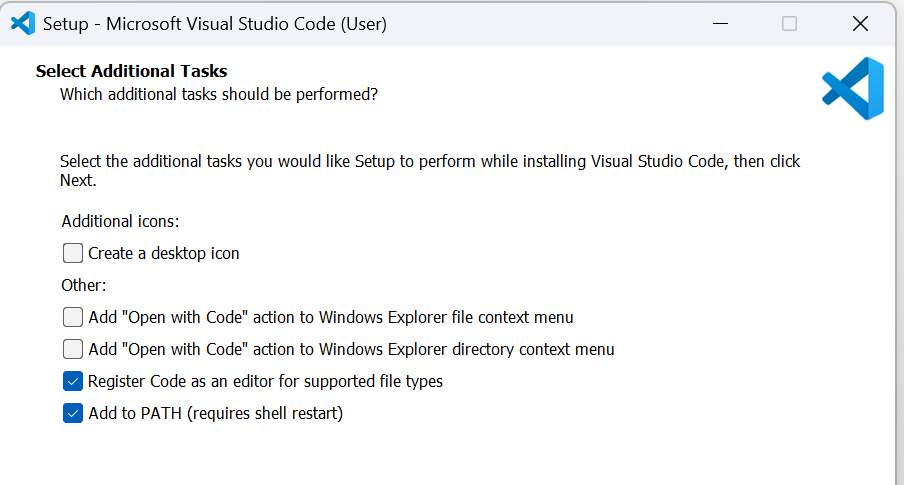When people in this forum discuss AI ethics, consciousness, self-awareness, and related topics, I often notice a lack of basic technical understanding.
So, I thought: Why not start a beginner-friendly course right here?
The idea is to create a simple, step-by-step journey that helps everyone - even absolute beginners - gain some foundational knowledge. Together, we’ll explore how things actually work, identify what’s potentially risky when using AI, and have fun along the way.
I encourage all the regulars and experienced developers in the OpenAI Community to join in. Please feel free to add your insights, correct me if I’m mistaken, or just share your expertise - it’s impossible for any single person to know everything!
Here’s how it will work:
- I’ll post small tasks and give you hints or directions every day.
- You can ask questions, show your results, or simply follow along at your own pace.
- Our assistant, ChatGPT, will be here to help us out whenever needed.
By the end of this beginner’s journey, you’ll have built your own simple chat using the OpenAI API.
Happy coding, everyone!



